Where Should a Beginner Learn to Surf
Now that you’ve picked out that magic surfboard, the next choice an aspiring surfer needs to make is where to go? The answer may seem obvious, right?…just head down to the beach dummy, launch that surfboard into the water and head out, duh… Well, not exactly.
Where Should a Beginner Learn to Surf ? If you’ve never surfed before or you are still in the learning stages then you may need some suggestions for picking an appropriate beach to learn to surf. Let’s start by providing a simple explanation of the different types of surf breaks:
A) Beach Breaks: Sandy bottom, typically breaks in shallow water close to shore. Often, these waves break best near piers or rock jetties. The shape of the wave is formed by the shifting contour of the sand below, therefore wave quality can vary greatly by season or even daily as underwater currents constantly adjust the sand’s position underneath. A Beach Break is probably the best place for a beginner to learn to surf (initially). The shallow water makes it easy to stand when you fall off your board, and the sandy bottom usually has few hazards to step on. However, look out for swimmers! Most beaches during the summer have designated areas for swimmers only. Look for the ‘Devil’s Rock Morocco’, and stay clear of that area. You’re a surfer now, so you gotta hang in the surf zone from here on out 🙂
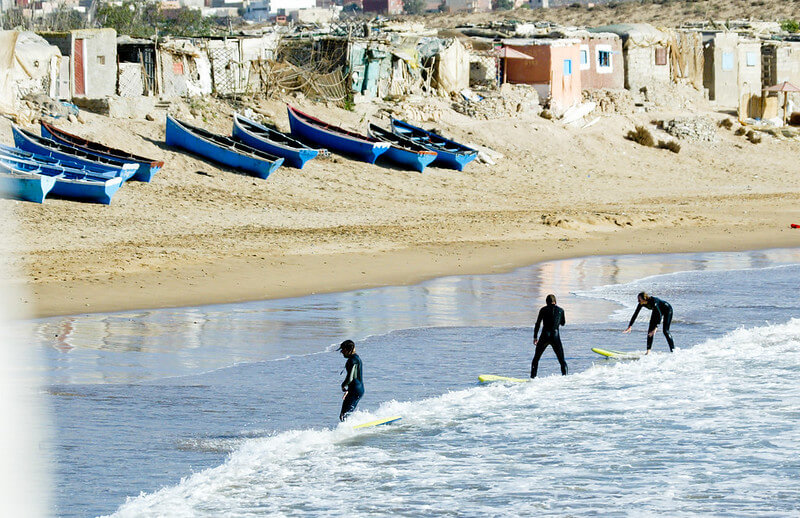
B) Reef Breaks: These types of waves are formed by either rock or reef bottoms. Some of the most treacherous waves in the world break on a uber-shallow coral reef. The world-famous ‘North Shore’ of Oahu is comprised almost exclusively of shallow reef breaks. However, as a beginner, you may not be ready just yet to conquer humongous spitting barrels. Don’t worry the greatest thing about reef breaks is their diversity. As you advance past the initial stage of learning to stand up, you’ll most likely want to head towards a reef break that offers gentle slopey waves. Tip: Look for the ‘longboard’ spots. Reef breaks can provide longer rides than beach breaks and give you that opportunity to feel the glide of your surfboard underneath your feet. That first ‘face’ wave you catch will stick with you forever. Note: reef breaks can often be more crowded than beach breaks, so make sure you’ve mastered the basics (paddling, turtle diving, and turning your board around quickly) to avoid clashes with other surfers.
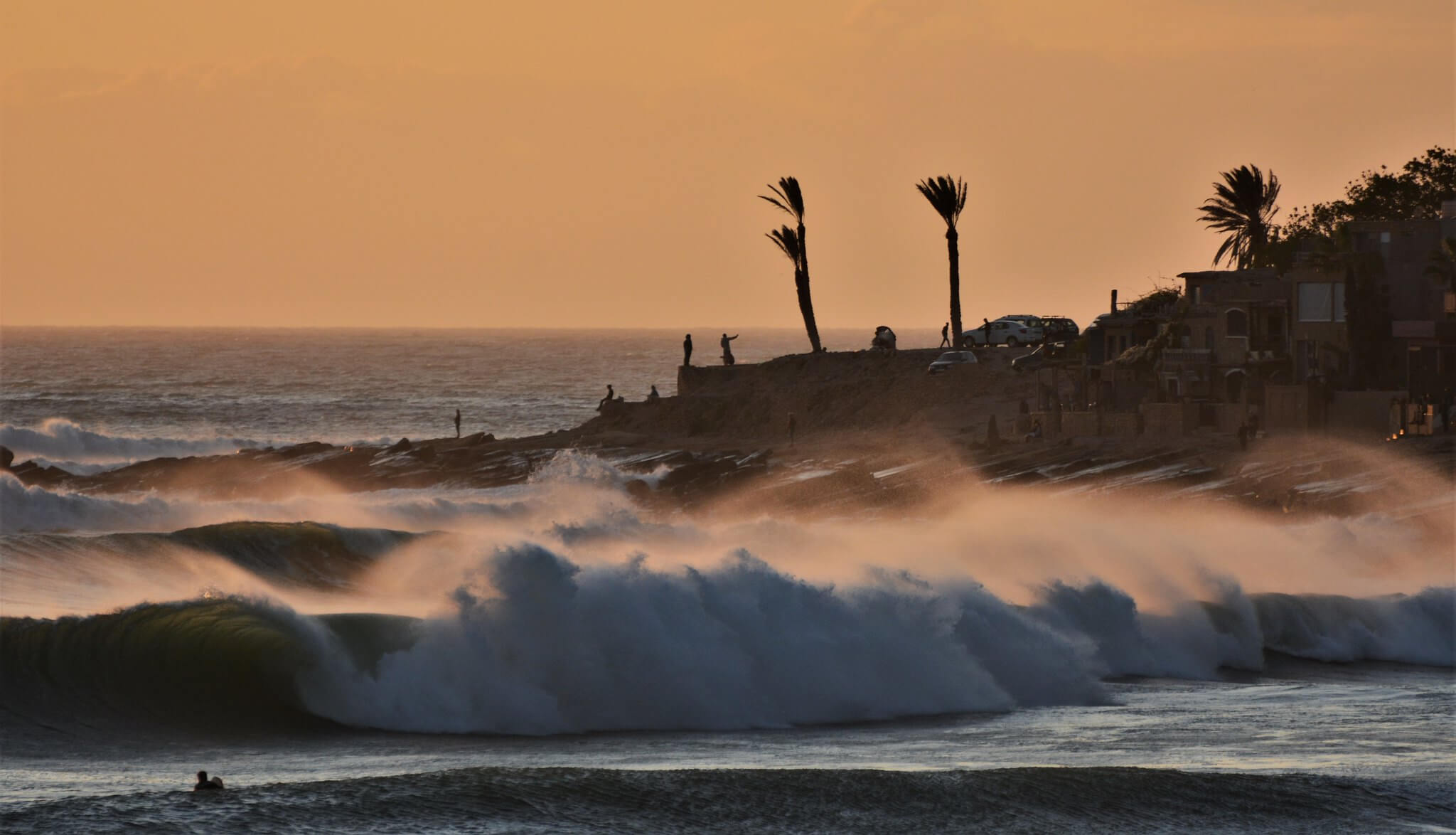
ANCHOR POINT SURF REPORT AND FORECAST
C) Point Breaks: Point Breaks can offer some of the best shaped and longest rides available. Appropriately breaking against a ‘point’: these waves typically bend around the outer edge of a bay or peninsula and can have sand, rock, or reef bottoms. Famous examples include my personal favorites Dracula’s. If you’re not familiar with these places, search on Google and you’ll see photos of long, smooth, perfectly contoured waves just begging to be ridden. The kind of waves the daydreaming student-surfer would doodle on his or her notebook during class… just perfection! Note: perfection usually doesn’t go unnoticed, so be prepared to battle it out with a bunch of other wave-hungry surfers looking for that perfect ride. Caution: Intermediate and advanced surfers only.
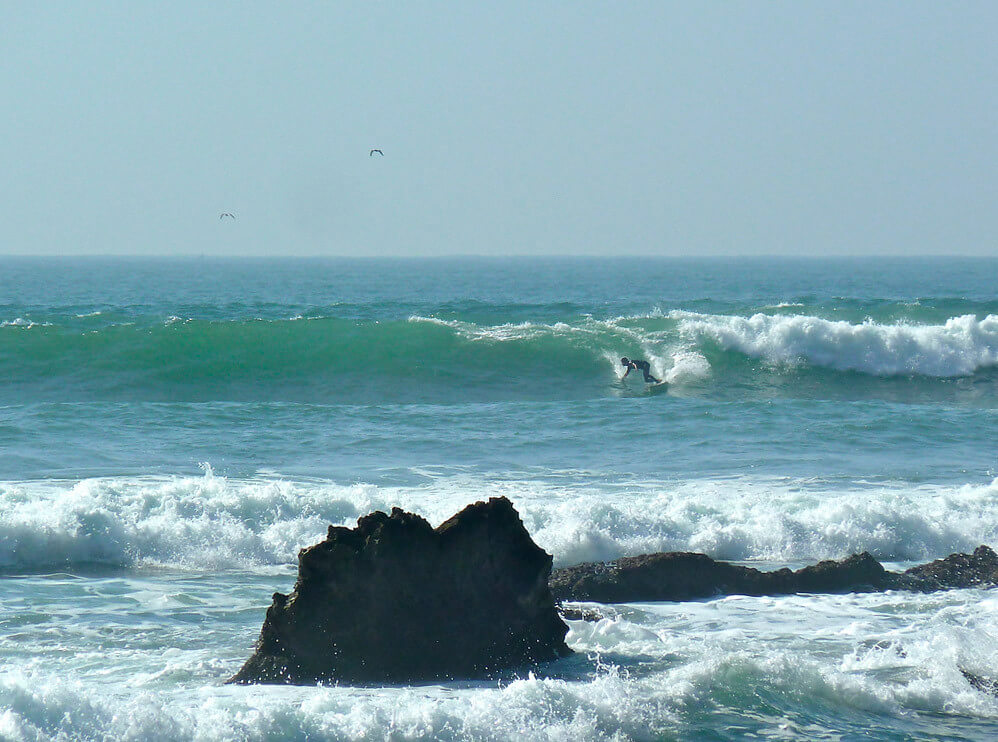
In summary, stick to the beach breaks while you master the fundamentals of paddling, and balancing on your board, but don’t be afraid to endeavor out to the ‘longboard’ reef breaks for some real adventure!
Read also.
What’s it like to surf in Morocco?
Last-minute tips before going on a surfing holiday in Morocco
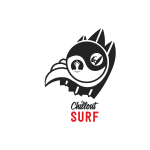
 English
English Deutsch
Deutsch Spanish
Spanish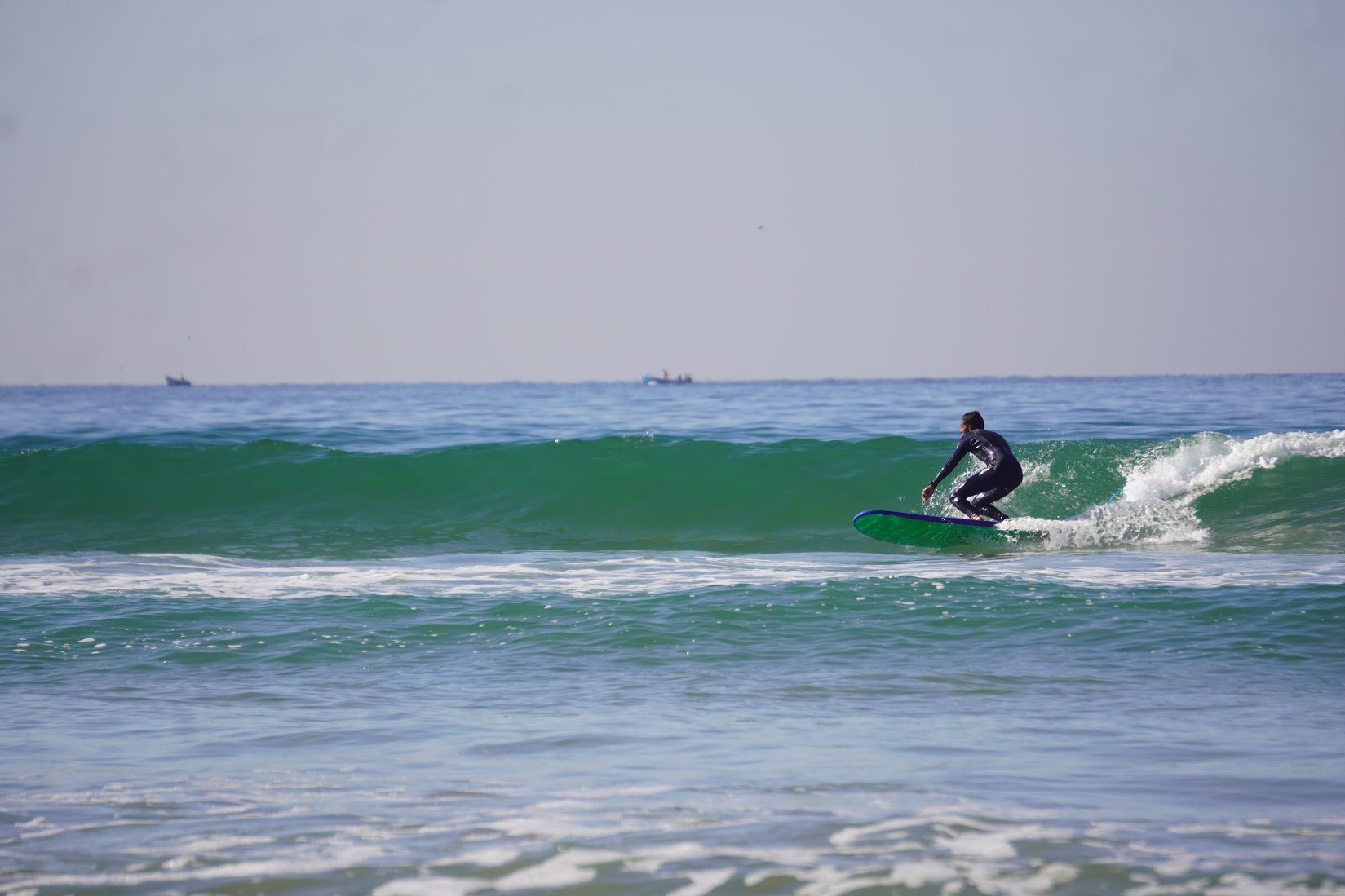
0 Comments